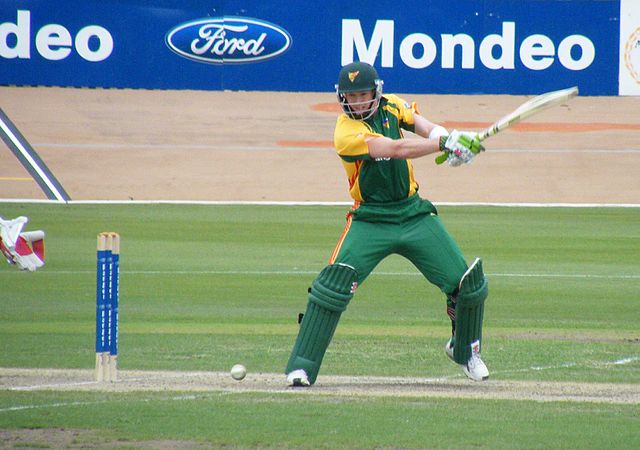Australian selections have leaned toward tradition for decades. Your best bat is the captain, the wicketkeeper at position seven in Test cricket, or being pushed forward to throw the bat as the opener in shorter varieties of the game.
This round may occasionally be affected by external factors or a rare participant, but it usually quickly returns to the mean.
Australia’s hope for the T20 World Cup
The presence of George Bailey in price has occasionally resulted in a willingness to be entirely different. His time as a player and captain proved that, and those experiences are recent enough for him to be familiar with the advantages of the majority of current players.
The decision to include Scott Boland in the MCG Ashes Test last year was made by Bailey, and it proved to be a brilliant move because, over the next three games, Boland racked up wickets at an Eighties bowling average.
There have been discussions about departing from the conventional wisdom and selecting hitters for the India tour the next year based more on power against spin than incumbent status.
The decision to put fast bowler Pat Cummins in charge of the Test and one-day teams was undoubtedly the result of an unusual combination of circumstance and player, but it is unlikely that it would have happened under a traditionalist chairing the selection conferences.
Bailey doesn’t need to do much for the T20 World Cup, other than copy and paste the information from the same game from the previous year.
He can do this with confidence since home conditions should, in theory, fit them and their style of play considerably better than the wickets in the Arabian Gulf, where Australia’s fast bowlers defied expectations and the odds to win the match.
On fields that ranged from gradual to flat in the UAE, Cummins, Mitchell Starc, and Josh Hazlewood claimed 25 of the 41 wickets that Australia lost. Their group stage will travel to the major capitals this year, including Sydney, Perth, Melbourne, Brisbane, and Adelaide.
Given the recent amount of rain in the majority of these cities and the period of the early season, Australian cricket fields will not be quick bowling havens, but there should still be more bounce and tempo than in other parts of the world.
Due to his 13 wickets at a median of 12 in the match from last year, Adam Zampa is a lock to be the first spinner. The left-arm orthodox Ashton Agar may be the leg-backup, spinner’s but it’s unlikely that they will play together. The fifth bowler’s four overs could be put together using all-rounders higher in the order.
This coming Saturday’s match between Australia and New Zealand in Sydney, as well as the sold-out India vs. Pakistan game the following day in Melbourne, both have a fair chance of failing.
A perfectly good stadium with a roof will be sitting dry and empty three kilometers away in Melbourne’s central business district, increasing the hypnotic sound of droplets drumming on the overhead tin. It appears that there are other cricket positions that could benefit from a creative decision-maker in addition to the Australian chair of selectors.
Link to more cricket stories can be found here.

